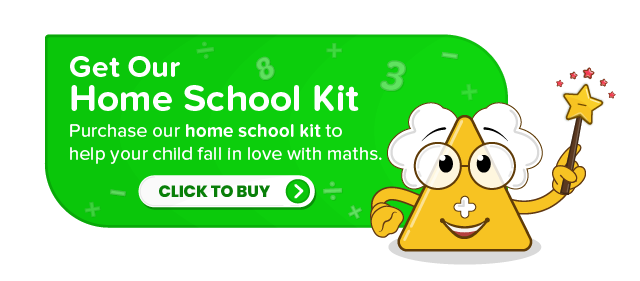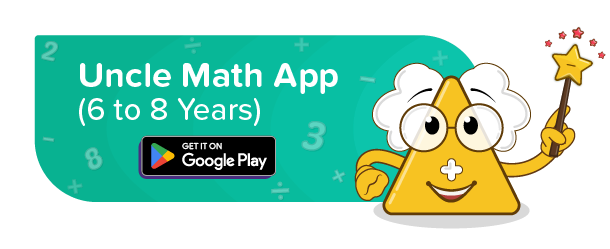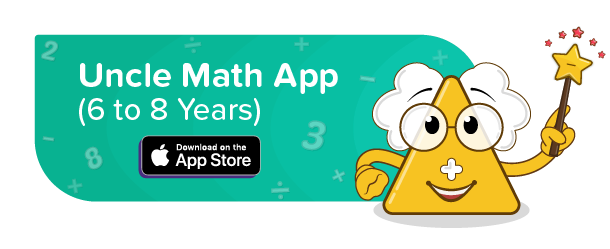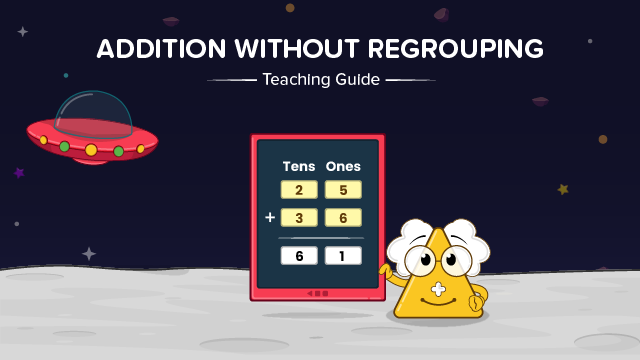
Teaching addition is a fundamental math skill that lays the foundation for more advanced mathematical concepts. This teaching guide aims to provide an effective and engaging approach to teaching addition to young learners.
Before beginning with addition, ensure that kids have a good knowledge of counting and number recognition. The guide includes a variety of strategies, activities, and resources that can be used in the classroom or during individual study sessions.
Addition is the first operation students learn in math. It also forms the basis for multiplication. Thus, concept clarity is a must while teaching addition to kids. Here is the simple progression one can follow to teach addition.
In pre-primary classes, introduction to addition is done through pictures and manipulatives like counting blocks or beans, number charts, and number lines.
The method of putting two or more things together is called addition. It is denoted using the “+” plus symbol. The result of addition is called the sum. Numbers to be added are called addends.
Additions can be connected to real-life situations to demonstrate their relevance. For example, kids can be asked to solve sum problems using scenarios like sharing candies or buying items at a store.
Kids can be given structured practise exercises that gradually increase in difficulty. Begin with simple addition problems with small numbers, including single digit addition, double-digit addition, and 3-digit addition, and gradually progress to larger numbers and more complex calculations. Ensure that students have mastered each level before moving on to the next.
2 Digit Addition
Two-digit addition is a simple type of addition where the given numbers are split into tens and ones and placed in the correct place value columns, then added.
Addition is simply done by using the column method, where addends (numbers to be added) are split and arranged in columns according to place value. Then digits in each column are added separately, starting from the extreme right column of ones to the extreme left column.
Digits in the ones column are added first (right side).
Then digits in the tens column are added (left side).
For example : Add 60 + 15
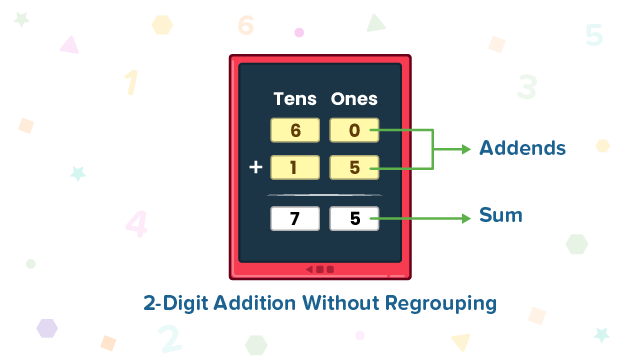
Similarly, as the child grows up, the complexity of the problems can increase. Beginning with single-digit addition to 2 and 3 digits, gradually increase up to 6 digits by the age of 10 years.
In the same way, problems can be made more complex by increasing the number of addends, as shown below :

Teaching addition without regrouping with kid-friendly, clear, and easy-to-understand posters :
Ignite kids’ curiosity with engaging stories for role play and skits, making the learning of this concept an exciting and effective experience. Teaching addition without regrouping through stories from Uncle Math School by Fun2do Labs :
Learning addition can be made enjoyable by incorporating interactive games and activities.
Book cricket :
This is one of the most popular games in elementary school. When students actually add up the runs scored by each player, they get extremely fluent with addition. Following are the steps to play book cricket :
- Each player is said to open the book, randomly choosing any page.
- The page number is taken as the score of the player and noted down on the score sheet.
- The next player is allowed to open the book, and the score is noted.
- At the end, the scores of all the players are added by the kids, which gives them immense practise in addition.


